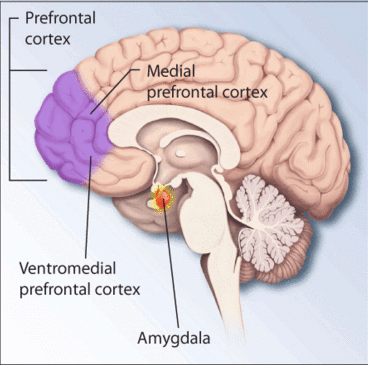Stepped care beneficial after hurricanes

Stepped care is more effective than usual care in reducing the prevalence of posttraumatic stress disorder in the aftermath of hurricanes, according to a new study led by a Boston University School of Public Health (BUSPH) researcher.
The study, published in JAMA Psychiatry, suggests that the stepped care (SC) approach would have a greater population impact than previously applied interventions for early treatment of individuals with PTSD. The findings are also consistent with previous studies examining stepped care approaches to treating other mental health disorders.
"We expect that our findings will apply to areas hit by Hurricanes Harvey, Irma, Maria, and Nate, and also man-made disasters, including acts of mass violence," said lead author Gregory Cohen, statistical analyst in the epidemiology department at BUSPH.
In the aftermath of Hurricane Sandy, the New York State Office of Mental Health provided crisis counseling and education sessions to an estimated 250,000 individuals between mid-November and late March 2014. A treatment modality called Skills for Psychological Recovery (SPR)—a skills-building intervention to reduce stress and improve coping among survivors—was used in the effort.
However, studies have shown that PTSD prevalence in New York state remained high approximately 1 to 1.5 years after the storm. Moreover, more than half of those with perceived need for mental health services did not received such services. Similar patterns were observed following a variety of disasters, such the terrorist attack on the World Trade Center on September 11, 2001.
The authors argued that a potential reason for the persistence in mental health conditions, despite provision of usual care such as SPR, could be ascribed to the lack of effective triage to appropriate levels of care. Evidence suggests that a stepped care (SC) approach providing screening and triage is more effective and may provide greater reach for mental health care services. The approach has been recommended in the context of disasters but has not be tested on the field.
The researchers used an agent-based model to simulate the stepped care approach for 2,642,713 agents using the sociodemographic characteristics derived from the American Community Survey estimates for New York City. Using an observational survey of residents of affected areas after Hurricane Sandy, the investigators estimated the initial distribution of the prevalence and exhibited PTSD symptoms to be 4.38 percent. They then simulated treatment scenarios starting four weeks following the landfall of Hurricane Sandy and ending two years later. Under the stepped care approach, individuals identified as PTSD cases were referred to cognitive behavioral therapists and non-cases were referred to SRP, while those receiving usual care were all referred to SRP.
The study found that three to six months after the hurricane, stepped care delivered greater reach, treatment effectiveness, and cost-effectiveness than usual care when it came to hurricane-related PTSD. The authors cautioned that the SC model would still require substantial resources for deployment: $50.94 million to $101.87 million in the simulated scenario after Hurricane Sandy.
In the absence of randomized trials, the authors wrote, the simulation results present the best evidence for establishing stepped care in the treatment of PTSD following large-scale disasters.
"These results provide further proof of concept for the SC approach to treating PTSD after a disaster, and they warrant further study and application in real-world settings," the authors wrote.
















